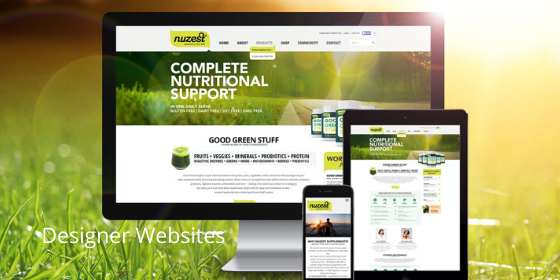Ever wondered why some websites have that ‘wow’ factor while others don’t? It’s all about design and functionality.
According to Adobe, 38% of people will stop engaging with a website if the content or layout is unattractive. So, how can you master the art of web design and make websites that not only look great but also function seamlessly?
This guide will take you from beginner to pro, covering essential skills, tools, and tips from experts in the field.

Table of Contents
- Why Web Design Matters
- Kickstart with HTML
- Advanced Concepts
- Self-Study Resources
- Freelance or Full-time?
- Conclusion
Why Web Design Matters
Understanding the Importance
Web design is not just about pretty colors and cool layouts. It’s about creating an intuitive and engaging user experience. Businesses today are increasingly aware of the importance of having a well-designed website. A study from Stanford suggests that 75% of users judge a company’s credibility based on web design.
Kickstart with HTML
The Foundation of Web Design
If you’re serious about web design, start by learning HTML. This markup language is the backbone of every website. With HTML, you can structure your web page and prepare it for styling and interactivity. Check out professional web design services to see how experts use HTML in action.
Why Learn HTML?
- Flexibility: Customize your design as you like.
- SEO Benefits: Better control over how your content is displayed and read by search engines.
- Cross-browser Compatibility: Make your site accessible across different web browsers.
Advanced Concepts
Mastering CSS and JavaScript
After HTML, your next steps are CSS for styling and JavaScript for interactivity. You’ll also want to explore Flash, jQuery, and other technologies to enhance user experience. Check out these colors of websites to get inspiration for your CSS styling.
Front-end and Back-end Frameworks
Understanding front-end frameworks like AngularJS or back-end solutions like Node.js can make you a versatile web designer. Learn why minimalist web design is gaining popularity and how you can incorporate it into your projects.
Self-Study Resources
Books, Online Tutorials, and More
You can learn a lot by reading books on web design or by following online tutorials. Many tutorials offer step-by-step guides with pictures and even videos. Sites like Udemy, Coursera, and Limit Agency’s Blog offer a plethora of resources to help you grow.
Freelance or Full-time?
Mapping Your Career Path
There are two main routes in web design: freelance and full-time employment. Freelancing offers flexibility but comes with its own set of challenges like client acquisition and time management. Full-time positions provide stability but may limit your creative freedom. To get started, you can register on freelance platforms like Upwork or Freelancer and offer your services.
Conclusion
Wrapping Up
Mastering web design is not an overnight process. It takes time, dedication, and a constant willingness to learn. Whether you choose the freelance route or opt for full-time employment, continuous learning and adaptation are key.
Next Steps
Ready to dive in? Consider enrolling in a specialized web design course or start practicing with free online tutorials. The world of web design is ever-evolving, and the best way to stay ahead is to keep learning.
Feel free to check out our web solutions for your online brand to get more insights. Happy designing!






